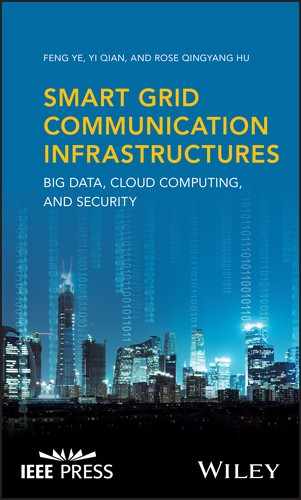Book Description
A comprehensive resource that covers all the key areas of smart grid communication infrastructures
Smart grid is a transformational upgrade to the traditional power grid that adds communication capabilities, intelligence and modern control. Smart Grid Communication Infrastructures is a comprehensive guide that addresses communication infrastructures, related applications and other issues related to the smart grid. The text shows how smart grid departs from the traditional power grid technology. Fundamentally, smart grid has advanced communication infrastructures to achieve two-way information exchange between service providers and customers.
Grid operations in smart grid have proven to be more efficient and more secure because of the communication infrastructures and modern control. Smart Grid Communication Infrastructures examines and summarizes the recent advances in smart grid communications, big data analytics and network security. The authors – noted experts in the field – review the technologies, applications and issues in smart grid communication infrastructure. This important resource:
- Offers a comprehensive review of all areas of smart grid communication infrastructures
- Includes an ICT framework for smart grid
- Contains a review of self-sustaining wireless neighborhood that are network designed
- Presents design and analysis of a wireless monitoring network for transmission lines in smart grid
Written for graduate students, professors, researchers, scientists, practitioners and engineers, Smart Grid Communication Infrastructures is the comprehensive resource that explores all aspects of the topic.
